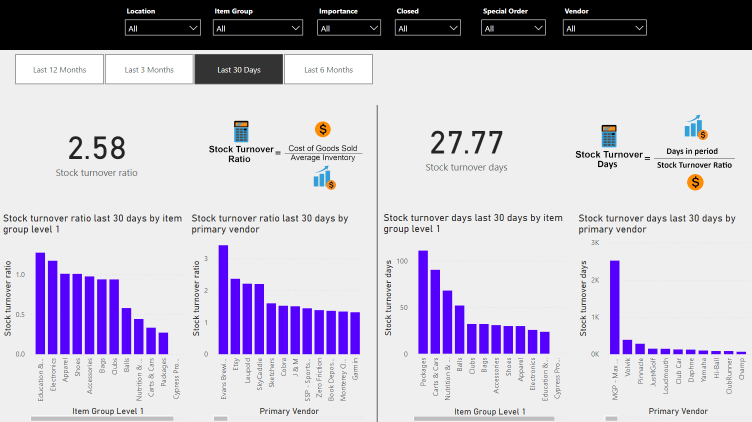
11 Mar Improving Your Bottom Line via Inventory Optimization

With the rise of AI and predictive analytics, Inventory Optimization often comes up in discussions about enhancing supply chain efficiency. It’s commonly perceived as an optional enhancement, slated for future implementation. This perception, however, is misguided.
Through my inventory optimization consulting services, I help businesses explore how such technologies could improve their financial performance.
For 25 years, the team that I work with in the inventory optimization industry has helped wholesalers, distributors and retailers turn their supply chain into a competitive advantage.”Using advanced inventory optimization software delivers tangible benefits, some of which materialize in a matter of months:
Unlock Your Capital
Many businesses maintain high service levels by holding significant amounts of buffer stock, creating a safety net. Despite the fluctuating nature of supply and demand, massive inventories are not always necessary for meeting your fulfillment goals.
With the ability to conduct sophisticated inventory segmentation using the latest software, businesses can focus on maintaining larger stock quantities only where it’s essential. Implementing dynamic stocking strategies, adjusting reorder points at the product level, and employing predictive modeling for demand patterns enables more nuanced stock management.
Such strategic inventory control allows for the reduction of excess inventory, maintaining service levels while freeing up 15–25% of capital previously immobilized in surplus stock.
Minimize Unsellable Stock
Effectively managing inventory levels eliminates the accumulation of outdated products, preventing the need to discount or write off unsellable stock.
Incorporating advanced forecasting and replenishment techniques, including consideration of product lifecycle stages, allows for a more accurate understanding of demand as products mature. Demand variability is not uniform across all products and differs by category.
Manually assessing the lifecycle stage for hundreds of products is both arduous and inefficient. Such analyzes require frequent updates to ensure inventory forecasts remain accurate, a task that can overwhelm your team.
Adopting advanced inventory management systems ensures data remains current, optimizing stock levels for each product. This approach enables better management of products approaching obsolescence, potentially reducing write-offs and unsellable stock by 5–20%, thus enhancing cash flow and financial statements.

Eliminate Stock-outs
While optimizing inventory to reduce excess, fulfilling orders remains paramount. Navigating the challenges of fluctuating demand requires precise, real-time forecasting at the product level. Traditional methods, such as spreadsheets, fall short due to their inability to handle multiple factors simultaneously.
Advanced inventory management tools not only reduce the likelihood of missed sales opportunities and service level failures by 10–25% but also streamline inventory management, avoiding overstock.
Lower Administrative Expenses
Beyond inventory-related advantages, automated forecasting and replenishment processes significantly benefit your team. Automation reduces the need for manual intervention, enhancing forecasting accuracy while cutting administrative and operational costs by 33–66%.
Let Me Show You How You Can Benefit
Embracing these technologies not only bolsters your company’s resilience and agility but also positively affects your bottom line. My consulting services support a wide array of businesses through the implementation of the premier inventory management and forecasting tool in the industry.
Discover how our platform eliminates guesswork, providing superior inventory oversight through its advanced predictive analytics and management capabilities. To understand the full scope of benefits these tools can offer your business, reach out for more information today.
Call Ralph Trionfo (347) 644-0047
– or –
Book a Consultation

